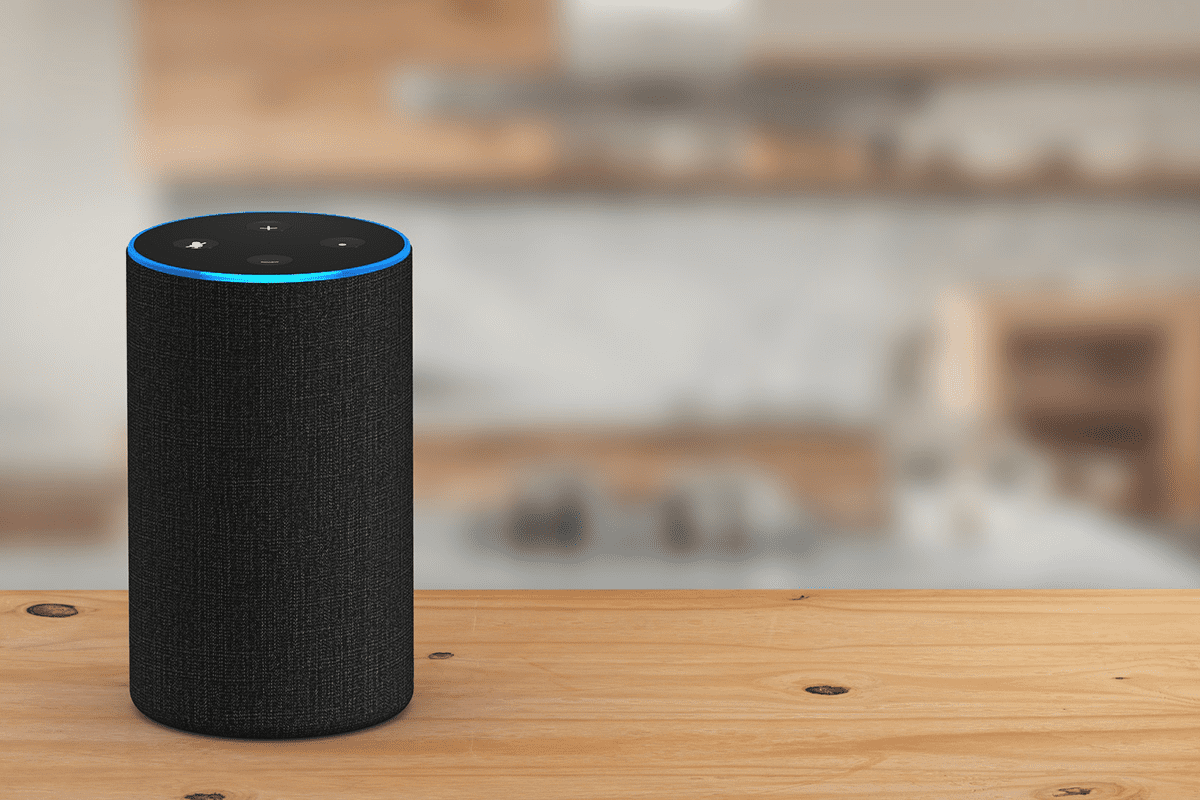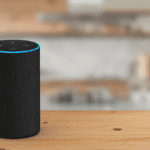Tesco is taking voice commerce seriously. Paul Skeldon explains why.
Paul Wilkinson’s daughter Sophie doesn’t really know what a supermarket is: groceries arrives at the door, carried by a driver. They got there because her dad told a small round thing in the kitchen what he needs.
If you don’t yet think that voice commerce is important, think again. Sophie, and many other people young and old, are increasingly talking to the internet – and buying things.
According to research by Walker Sands, a fifth of US shoppers have made a purchase with a voice-controlled personal device such as a Google Home, Amazon’s Echo and Alexa this year.
Investment firm Mizuho goes further, predicting that revenue generated by the Amazon selling through just its Alexa services could exceed £5.33bn. Consumers, it seems, are increasingly talking to retailers. So are you listening?
Tesco certainly is. “Around 10% of UK households now have a smart speaker device, so we think voice activation is set to be one of the next big retail shifts when it comes to technology,” says Paul Wilkinson, who’s Sophie’s dad. He’s also head of technology research at Tesco Labs. “We’re continuing to test in this area and want to make shopping using these devices really simple and helpful. You can now buy Tesco groceries using Google Home – as well as Amazon’s Alexa – so when I’m in my kitchen, I can just say ‘Hey Google, put bananas in my Tesco basket’ and it’s done right then and there, without having to touch anything. It’s early days and we’ll be very interested to listen to what customers think.”
He continues: “I am an early adopter, I can turn lights on and off, control temperature, do the shopping,” he says. “Music tends to be the entry drug on these voice devices but looking at the figures, kitchen timers and grocery shopping are also driving it.”
But what convinces him of its power – and why Tesco has got behind it so powerfully – comes down to Sophie.
“She has lived in a world where this has always been possible,” he notes. “Her level of expectation is that there’s this thing she can talk to that does stuff. Tesco thinks that because of this, voice commerce will be the future of shopping. The technology curve is rampant – if you don’t get onto this now, you’ll get left behind. People will expect it there as a channel.”
Voice is already finding a home in grocery shopping, where the repetitive nature of purchases and need for convenience can both be answered by voice. It also taps into the growing move by consumers to do their grocery shopping online.
“No-one loves grocery shopping – we just buy whatever’s on offer,” says Wilkinson. “But it does need to have an ecosystem and the ability to connect into everywhere makes it easier.”
The first step towards this ecosystem is personalised search. “If I say ‘Buy milk’, what I buy might be different from the one you buy,” he explains. “The retailer has to understand what milk it is that you want. We have built it so that it looks at what you bought most recently and what you buy usually before deciding what you want now. The individual nature of the search result is key in voice – there’s no interface to tell you about search results.
“Having personalised search is key, so it has been one of the things we brought to the voice channel first. When you say ‘milk’, we get you the right kind of milk. Since I do most of my shopping at Tesco and mostly online, this helps the system understand what I buy normally and then adapt my requests to that.”
The key to making this fly lies in bringing it all together and this is why Tesco has turned to innovative app company If This Then That (IFTTT), which has connected everything together to make a more seamless, personal experience.
“For instance,” says Wilkinson, “six major washing machine manufacturers use IFTTT to set a rule in the Tesco shopping basket so that every time the connected washing machine gets switched on, it deducts one wash pod from the total bought on the list. When it gets to a predefined low level, it orders more. You can even set up a rule so that when your Fitbit hits your weekly steps target, it buys you a cake.”
So, is this the end of shops as we know them? Wilkinson smiles. “It will be a long time before we get to voice for more considered purchases like clothes. One of the biggest barriers to shopping for online groceries generally is considered perception of fresh foods – people want to go into shop and touch/feel – so it isn’t the death of the website or the store. It’s just another string to the bow.”






